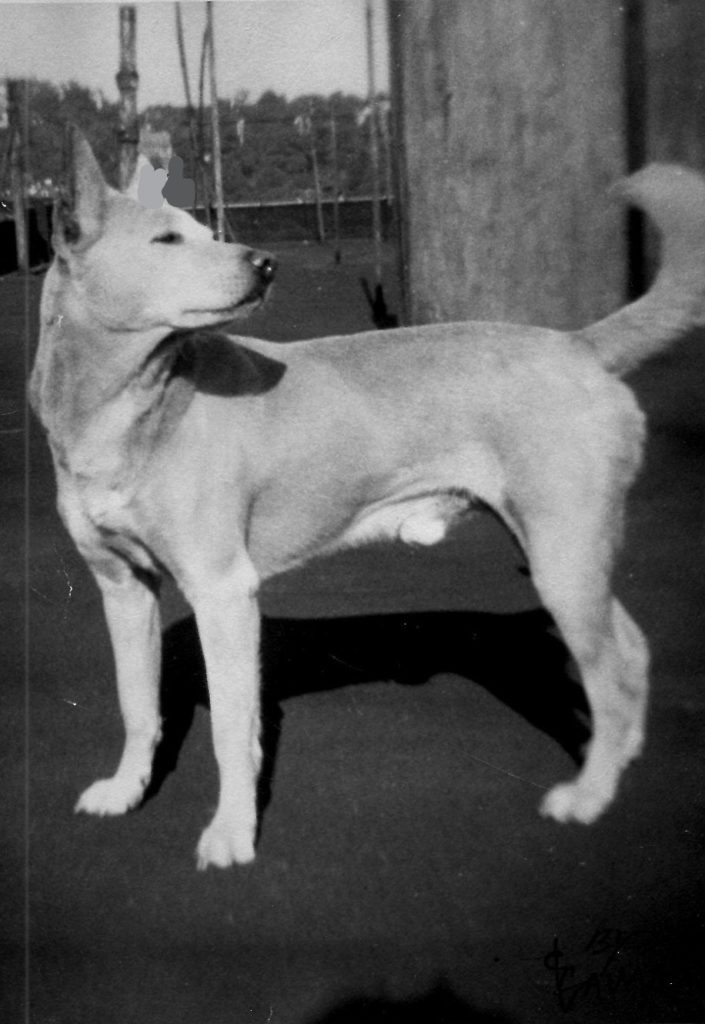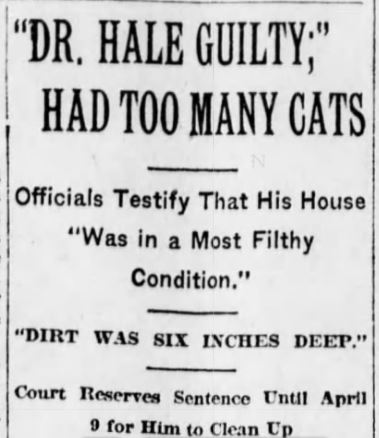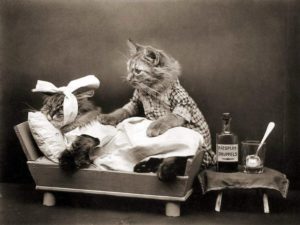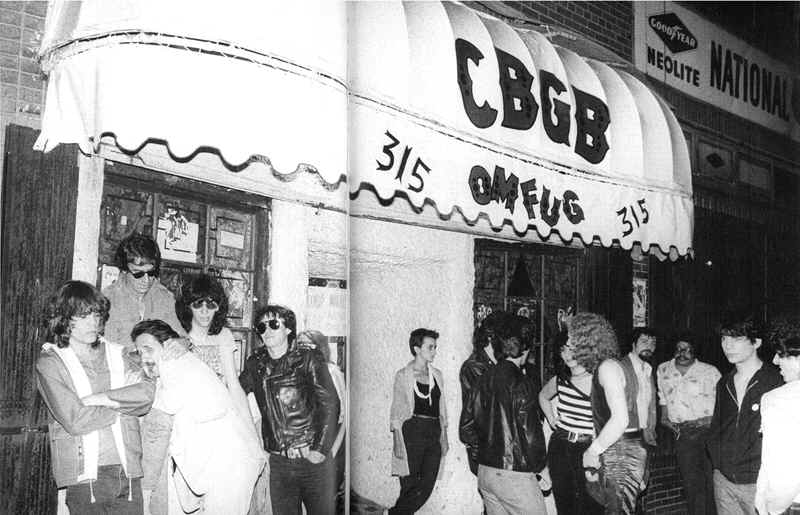
Brownie Gavan lived at 3033 Godwin Terrace in the Kingsbridge section of the Bronx from about 1942 to 1954. He was the beloved pet of my father, Roger Gavan.
Happy Fathers’ Day, Dad! This story is for you. I hope you enjoy reading about the fascinating history of your childhood home.
(To my regular readers: The following story is quite long, but it is a gift to my father, so I put a lot of time and content into it. I hope you get a chance to read it all when you have the time.)
3033 Godwin Terrace, 1929
In July 1929, Mrs. Catherine Kirschoff was murdered in her bathroom during a robbery at her apartment in the brand-new apartment building at 3033 Godwin Terrace in the Kingsbridge section of the Bronx. Her husband Fred discovered her fully-clothed body in the bathtub. A large rope hung from her neck.

Mrs. Catherine Kirschoff, 55, was murdered in at 3033 Godwin Terrace in 1929.
Police first ruled it a suicide, but after discovering numerous bruises on her body, and learning that several pieces of jewelry, including two diamond rings, were missing, they confirmed she had been strangled to death during a robbery gone very bad.
A few residents told police they had seen a man going door-to-door and asking residents if they wanted their windows washed. Several descriptions of the man were broadcast, but he was never apprehended.
Fifteen years later, in 1944, another person (or perhaps persons) tried to burglarize a top-floor rear apartment at 3033 Godwin Terrace. The burglars were not successful.
They were scared away by Brownie Gavan’s loud barks from the fire escape before they could cause any real damage or steal anything from the apartment building where my dad, Roger, lived with my grandparents John and Virginia Gavan.
Read the rest of this entry »









